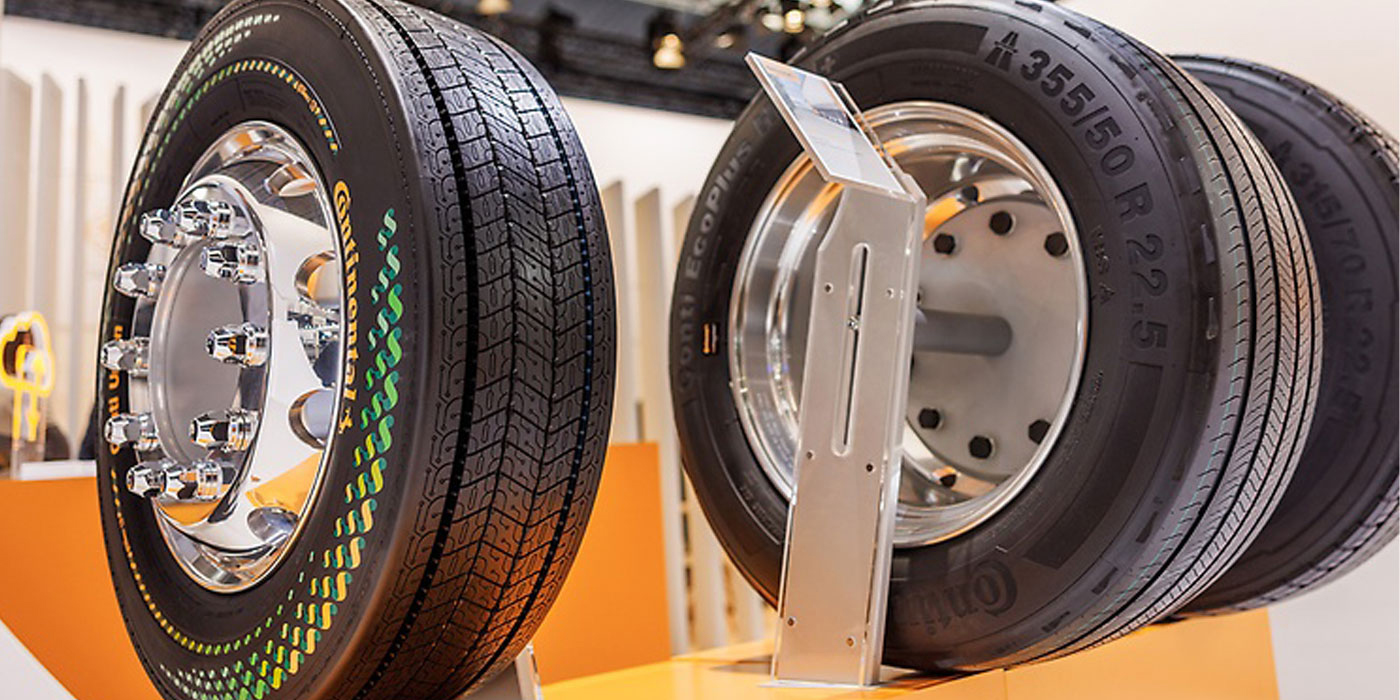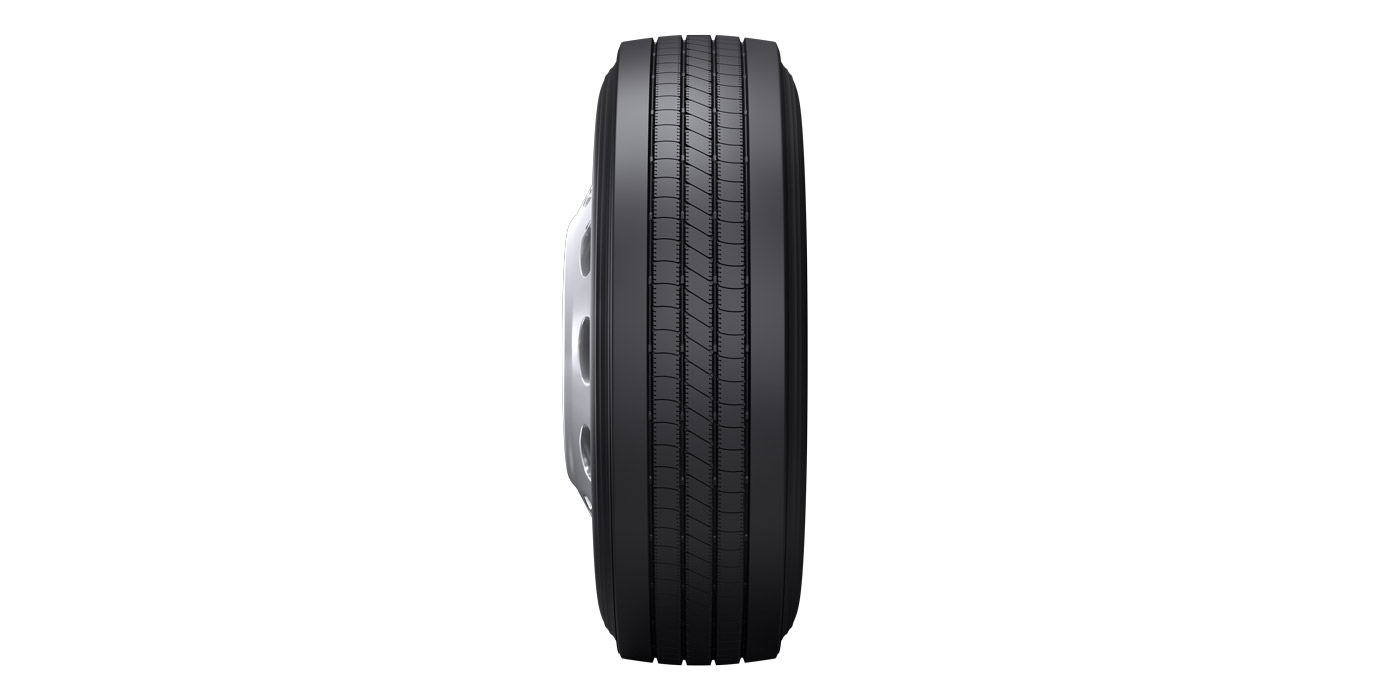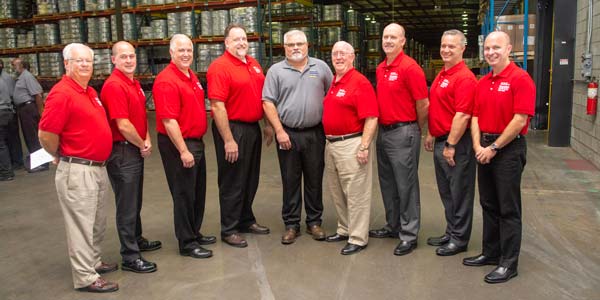They expected it to happen eventually. It was just a matter of time, industry insiders said. So, it wasn’t a total surprise when Bridgestone Americas Holding (BAH) announced its intent to purchase retread giant Bandag.
After all, BAH and Bandag have collaborated for decades. Bandag-owned Tire Distribution Systems (TDS) stores sell Bridgestone tires, and many GCR Tire Centers, part of BFS Retail and Commercial Operations, are Bandag dealers.
Still, the Dec. 5 news was extremely significant. It placed the final piece in a steadily developing puzzle that, when complete, reveals a changed industry landscape.
Based in Muscatine, Iowa, Bandag has a global network of more than 900 franchised dealers. In addition to TDS, Bandag, with 2005 worldwide sales of $921 million, also holds an 87.5% interest in Speedco Inc., a provider of on-highway commercial tire and vehicle services.
So, the $1.05 billion deal firmly places the most advanced and comprehensive retreading capabilities into the hands of the Big Three tiremakers once and for all.
Both Goodyear Tire & Rubber Co., through its company-owned Wingfoot facilities and dealer network, and Michelin North America, via Michelin Retread Technologies, had – and continue to have – major stakes in the commercial retreading business. By the second quarter of this year, the BAH-Bandag deal is expected to close, and Bridgestone will have officially joined the triad of ‘corporate’ retreaders.
The Transformation
For independent retread shops, the news is a blessing or a curse, depending on their capabilities and, more importantly, the attitude with which they approach the marketplace.
The official joining of Bridgestone and Bandag strengthens a trend that had already been forming in the commercial tire market – the move toward total tire lifecycle management.
Also called “cradle-to-grave service,” this business philosophy focuses on overseeing the entire life of a commercial tire – from new-tire delivery, installation, ongoing maintenance and, finally, disposal – as opposed to offering just one or two of these services.
In the retreading industry, such ‘complete’ offerings include new-tire and retread sales, inspection, retreading service, disposal of worn product and a potentially endless list of ‘value-added’ services, such as training and yard inspections, that help fleets reduce tire costs.
Gone are the days of simply selling retreads. Why? Because fleets and commercial truck owner-operators want more. And, the more these retread customers learn about the availability of cradle-to-grave services, the more they will demand it.
As the official statement announcing the purchase pointed out, “the joining of the world’s largest tire and rubber company with the premier global brand in retreading is aimed at providing customers with a total tire offering, a streamlined way to manage their needs throughout a tire’s lifecycle.”
As the acquisition was still pending at press time and subject to regulatory approvals and other closing conditions, BAH could not offer further comment on its implications.
But, Goodyear and Michelin both see Bridgestone’s decision as a step along a natural progression. “The Bridgestone acquisition solidifies the fact that total solutions providers are the ones that will be successful in the future,” says Mike Parnell, general manager of retread systems at Goodyear.
As a result, “there will be a renewed emphasis on the part of tiremakers to bring independents under their own umbrellas,” predicts Harvey Brodsky, managing director of the Tire Retread Information Bureau (TRIB).
Confirming this prediction, it appears that Goodyear is exploring expansion possibilities. “We will continue to establish a network of providers that are capable of delivering the full complement of services,” Parnell notes.
Michelin, too, is well aware of the appeal of a large retread network – and perhaps more. “We need to recognize the benefits of running ‘plant-size’ retread operations,” says Marc Laferriere, vice president of marketing at Michelin Americas Truck Tires.
“There is a very natural evolution of the market,” he adds. “We have seen that being able to offer a full cradle-to-grave solution to the market has been very well accepted by the North American trucking market.”
At the end of the day, it’s the end user – the fleet – that benefits. Trucking companies have every reason to love total tire lifecycle service, according to Brodsky. “All of their headaches go away,” he says. “They only have to deal with one company.”
In addition, as technology continues to advance, we’ll see “better, more reliable retreads that approach, or even surpass, new tire performance,” according to Laferriere.
Is a Shakeout Coming?
So, to remain viable, “independent retreaders will have to fight harder,” says Brodsky. “Fleets are going to demand it.”
If a shakeout among independents is coming, it won’t be an industry first. There are far fewer independent retread shops today than there were even a handful of years ago. As technologies for nondestructive testing – like shearography and x-ray techniques – advanced, retreaders that could afford the associated high-tech equipment stayed in business. Others didn’t. They were eventually bought out or forced to close their doors.
Today, it’s not technology that will thin the ranks; it’s service.
“Retreading is a service business,” Laferriere emphasizes. “Picking up the casing, inspecting, retreading, returning or disposing of the finished product, while ensuring a quick, dependable turnaround time, is all about service. The independent dealer is still in the best position to offer the high levels of service that are demanded by the trucking fleets.”
“There will still be a place for independent retreaders,” agrees Parnell. “They provide an important service connect. But, providing a total solution is the direction in which they have to go.”
Brodsky emphasizes the importance of the relationship that develops when independents personalize their offerings to the specific needs of every fleet – through training, on-site inspections and more – to reduce tire costs and downtime risks. “Providing a fleet analysis report is a very valuable service,” he says.
“Our best customers are the most educated,” says Bill Sweatman, CEO of Marangoni Tread North America. “If dealers keep the end user in mind and sell benefits – reliable, cost-effective, trouble-free miles – that can differentiate them and allow them to grow their businesses. That’s what independents do very well,” he adds.
Suppliers Can Help
Sweatman says independents can further differentiate their businesses by offering a unique product and effectively selling its advantages to fleets.
Though Marangoni does produce new tires in Europe, its focus in North America is, and will continue to be, retreading. The company supplies its Ringtread product to independent shops in North America. Unlike conventional pre-cure retreads, Ringtread comes in one piece and fits around the casing without splicing, which Sweatman believes, offers fleets reliability, high mileage and reduced rolling resistance due mainly to the reduced risk of tread deformations.
The main factors that separate Marangoni from North American tire manufacturers, according to Sweatman, are its product offering and the freedom it offers independent retread shops.
“We don’t require dealers to be within a specific network, and we have an understanding of what they need, which is growth and profit opportunities,” says Sweatman. “We appeal to independents that want to grow profitably in different markets.”
Michelin and Goodyear, too, feel they bring unique advantages to dealers. “The franchise approach offered by Michelin allows the independent dealer to remain independent,” says Laferriere.
Goodyear’s Parnell says niche markets can create powerful competitive advantages for retreaders. “There will be certain niche applications that will create opportunities for growth, such as waste haulers, bulk carriers and OTR,” he says. “Service expectations (for those segments) are different, and the retreaders that can take advantage of that will have some success,” Parnell adds. “It will take some investment, training and upgrading of capabilities, but there will still be a place for independent retreaders.”
What that ‘place’ will look like will be determined not only by billion-dollar deals, advancing technology and shifting fleet demands, but also by the ability of independent retreaders to stay tuned in to market shifts and learn how to adjust to – and even leverage – those shifts.
As Charles Darwin once noted, “It is not the strongest of the species that survives, nor the most intelligent, but the one most responsive to change.”
Change is upon us, and it’s time to adapt.













